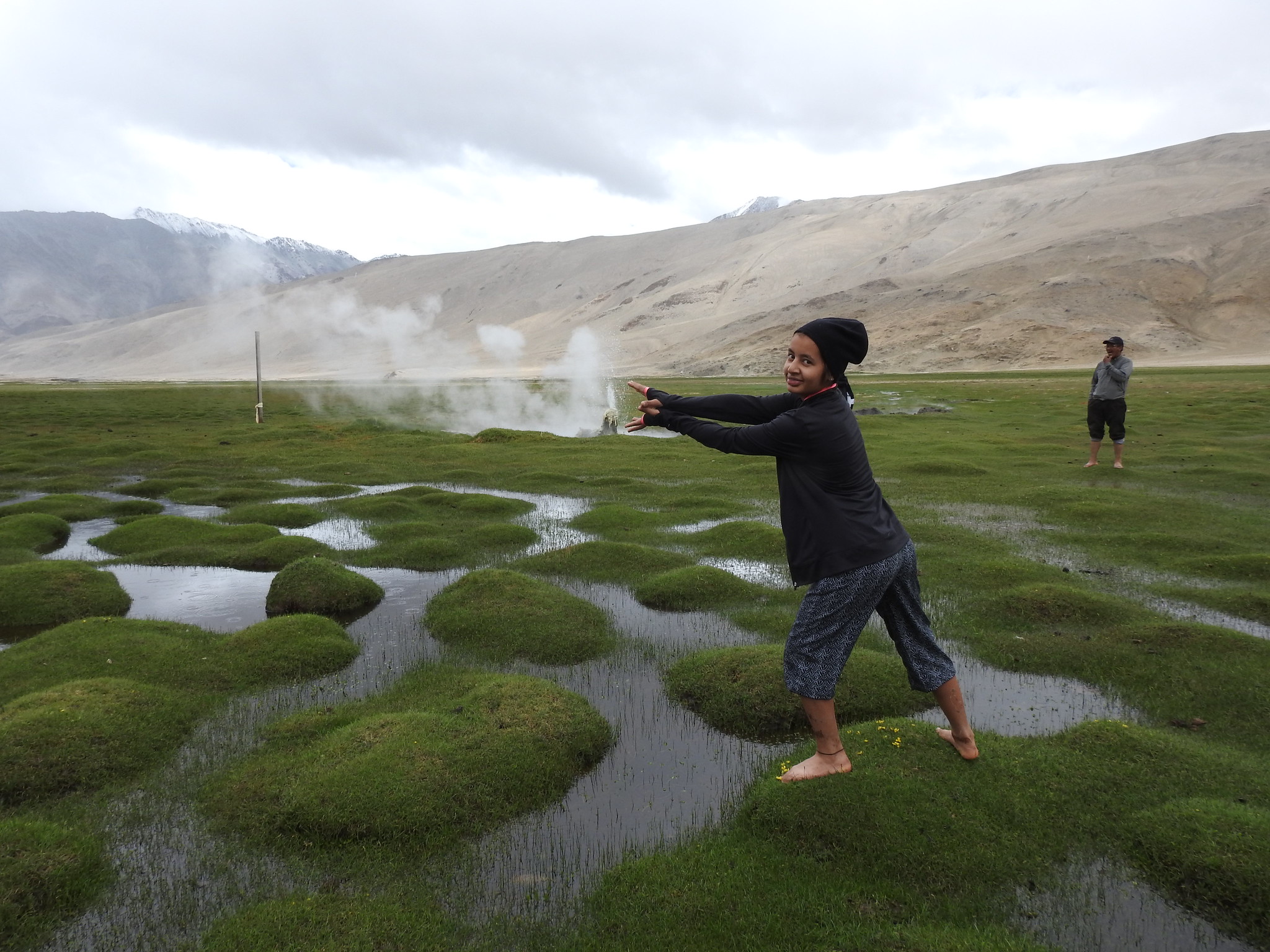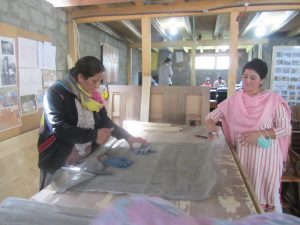Geothermal energy is not new to India. As early as 1973, the Indian government submitted a report on geothermal hotspots in the country. This happened after the Geological Survey of India (GSI) performed shallow drilling exploration that showed potential hot springs and geothermal locations. It is estimated that India has the potential to generate 10 gigawatts of geothermal power.
Deep inside the earth’s crust, heat radiates from a sea of molten rocks. Sometimes, they erupt as volcanoes or flow out as hot springs. The idea is to tap at least a fraction of this massive amount of heat energy, and convert it into electricity.
First, scientists locate geothermal hotspots; then, they identify fractured rock surfaces through which heat can be released. Next, wells are dug to release heat energy in the form of steam and hot water, and are used to drive turbines, which, in turn, produce electricity.
Geothermal energy is considered renewable because the heat emanating from the earth’s interior is essentially limitless and is expected to remain so for billions of years. Further, unlike solar and wind, it is available 24 hours a day and 365 days a year. It emits around 80% less greenhouse gases compared to coal and oil. A geothermal plant works non-stop, unlike wind and solar.
Geothermal in Puga Valley
Puga Valley in the Ladakh region of Jammu & Kashmir was one of the areas which showed significant potential for geothermal energy. Puga lies in the south-eastern part of Ladakh and forms a part of the Himalayan geothermal belt. This zone shows evidence of geothermal activity in the form of hot springs, mud pools, sulphur and borax deposits.
“Since Ladakh lies in the confluence of two continental plates, geothermal (energy) can be found easily here. The potential is strong as we have good source of water due to rivers and hot springs,” Jigmet Takpa, director, Ladakh Renewable Energy Development Agency (LREDA), told indiaclimatedialogue.net. “More surveys are needed to test the depth in the valley. We need to reach a minimum of 2km depth to see how temperature changes, if it is earth’s heat or magma, or if lava is coming out.” To find the real potential in Puga Valley, there is a need for in-depth information on the reservoirs.

In similar geographical conditions, China has geothermal projects running in other parts of the Tibetan Plateau.
The exploration costs for geothermal energy are high. The key challenge is to bring down costs, where it will be economical to develop small geothermal fields in areas like Puga Valley, and even a small 5 kilowatt project can electrify rural areas.
As coal availability is abundant, and solar and wind energy is promoted as an alternative source of energy, geothermal has lagged behind despite decades of exploratory work.
Takpa said: “Earlier, we had funds, but no technology. In 2006-7, we had the technology, but funding was not available, and political issues stalled the progress of this project. In the last one decade, no development has happened.”
Many international companies showed interest in investing in the project. However, there has been no progress.
Although Ladakh has 320 sunny days, and is conducive for solar power generation, there are challenges galore. Takpa said: “During the day, solar power is fine, but for nights, we need storage. Solar energy is not steady. The grid cannot take fluctuations.”
Battery storage is not affordable right now. There are transmission and distribution losses. Hydropower is difficult here as severe winters in the region freeze rivers and springs. Also, less water is discharged. Adding to these issues are floods and landslides, which lead to water blockages.
High efficiency
“Geothermal does not depend on vagaries of nature. The efficiency is very high and steady. Whatever is the potential, it will always produce power. You do not need storage, you can take the energy you need, and over a long period of time, cost will drop, just like coal. However, here you are not burning coal, but taking the steam out for free,” Takpa told indiaclimatedialogue.net. “The initial costs are high as we need imported drilling technology for research and development. The cost to produce geothermal energy in Puga Valley is rupees 400 million (US$5.42 million) per megawatt (MW).”
He added: “We are drilling here against temperature and pressure in Ladakh. Many countries like New Zealand, the US, Ireland, have done well. We need such technologies.”
According to the paper “Assessment of subsurface temperature distribution from the gauged wells of Puga Valley, Ladakh” published in the Geothermal Energy journal in 2017, it is estimated that over 5,000 MWh of geothermal energy is available at Puga at current depths, which could be used for heating, greenhouse cultivation and electricity generation. Studies have indicated that there is a 90% probability that the Puga field could sustain a 20 MW power plant at the current shallow depth of drilling. A 20 MW geothermal plant at Puga could save three million litres of diesel burnt annually in the region at a cost of approximately USD 2 million.
The development of geothermal potential would be beneficial in the winter months, when Ladakh’s hydropower stations are frequently either shut or working at a much lower efficiency due to low flow rates.
“The river in the Puga valley is frozen for eight months. So, geothermal power is more viable than hydroelectric power there,” Ahsan Absar, former director of GSI, told indiaclimatedialogue.net. “A 20-25 MW power plant can meet 40% of the energy needs of the valley.”








